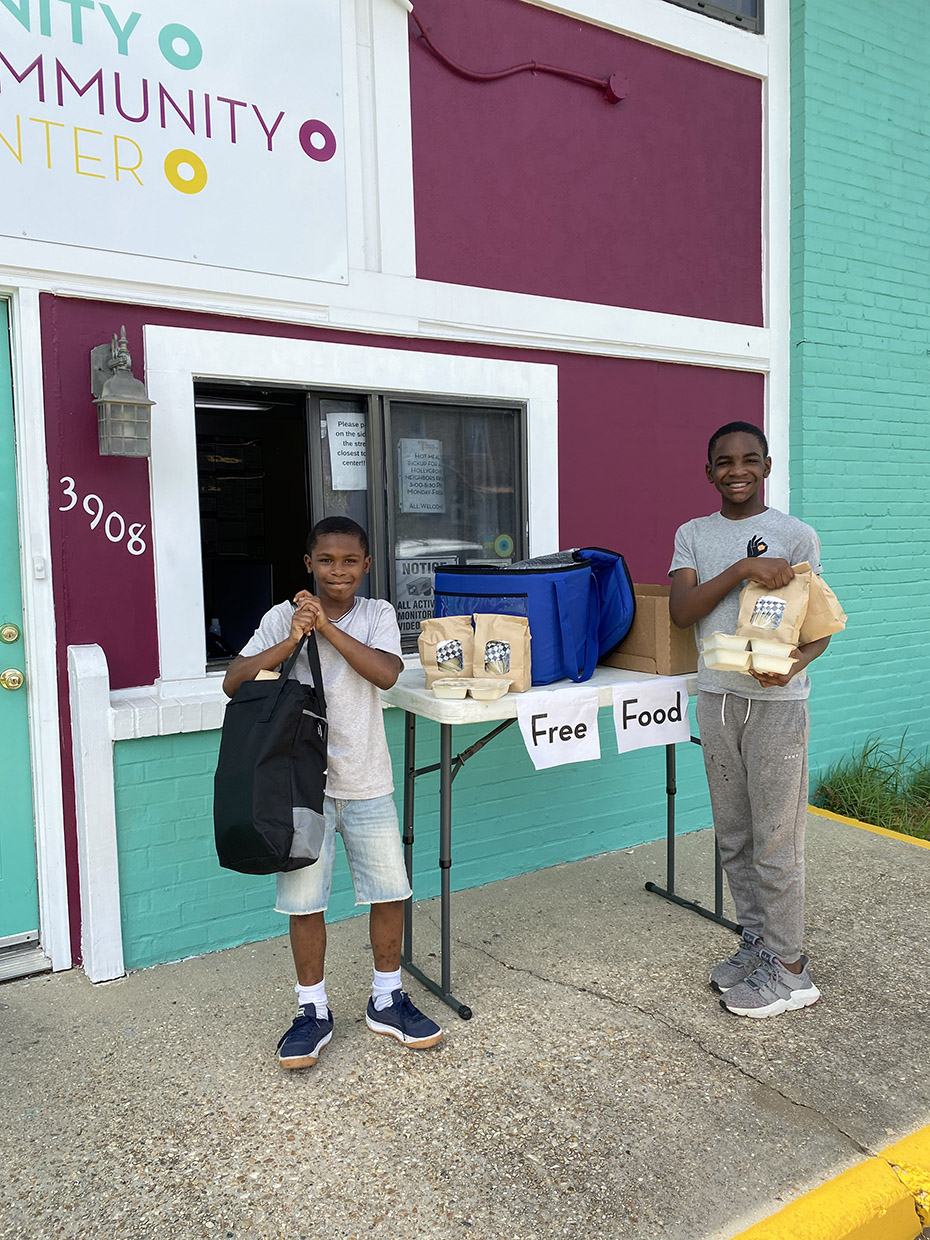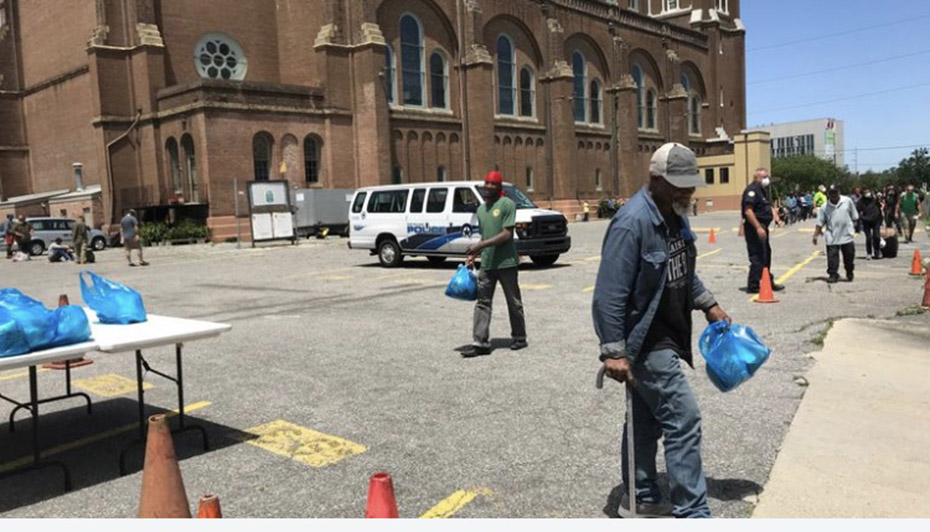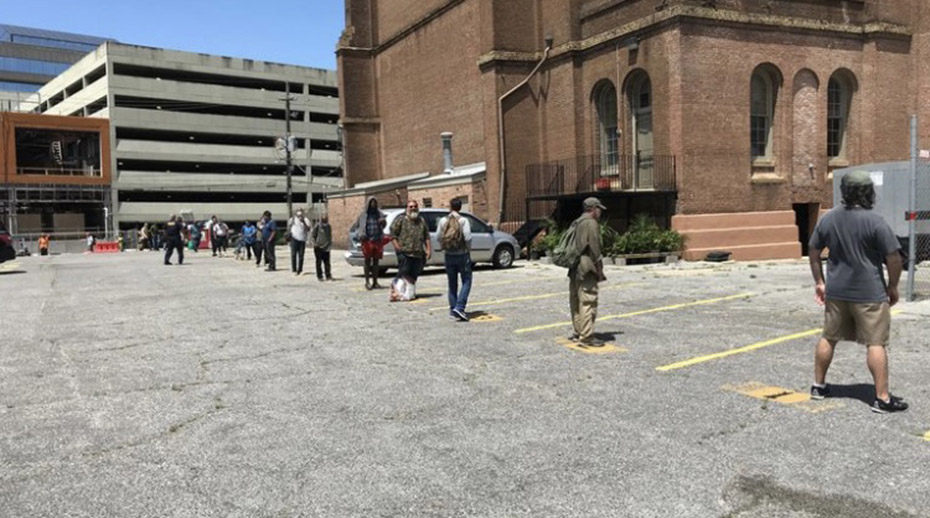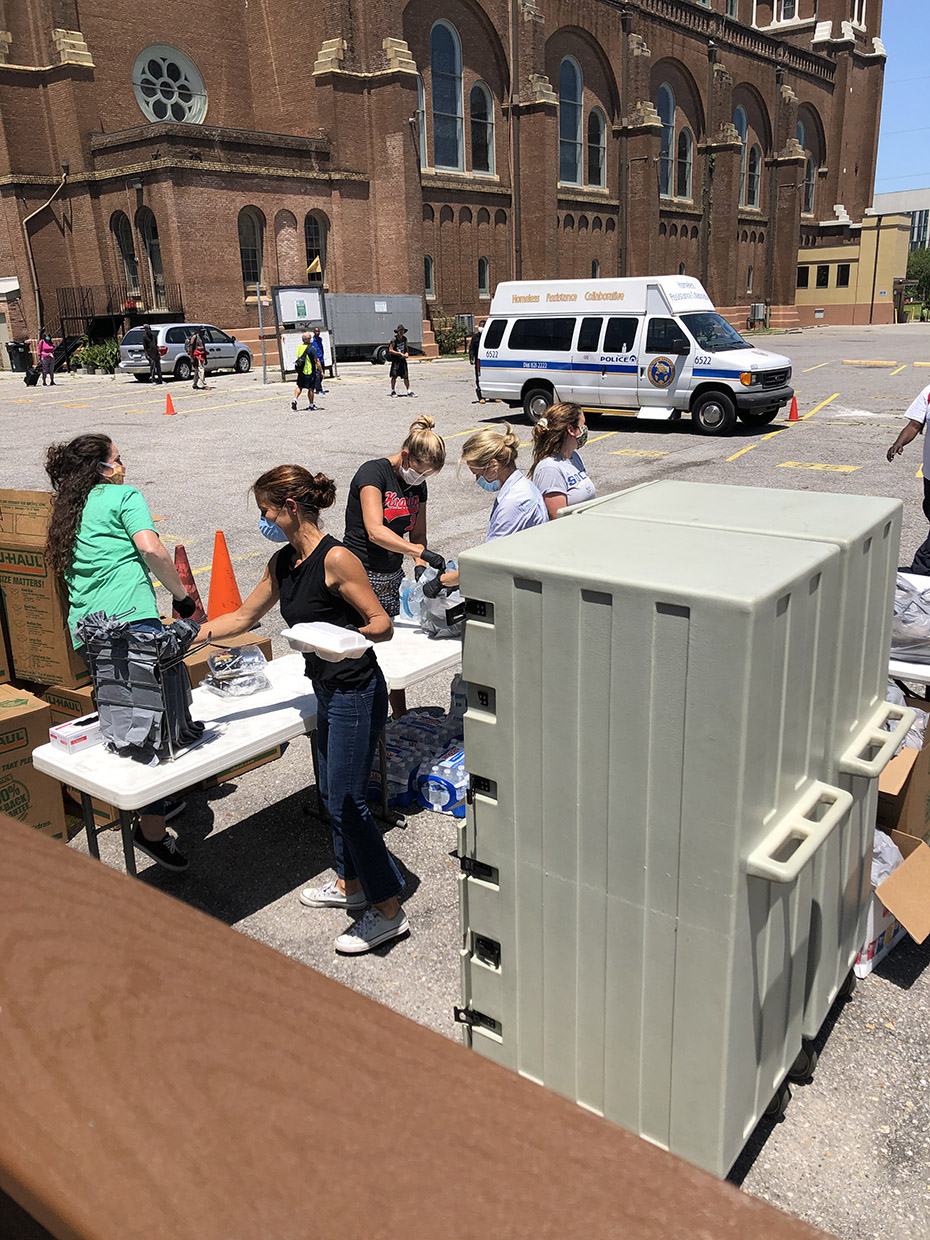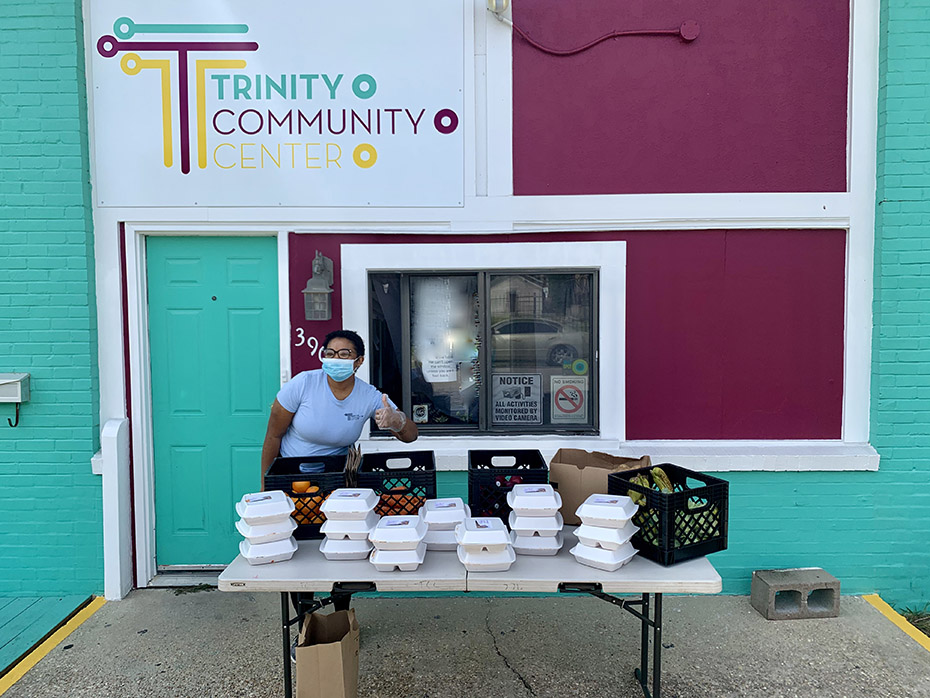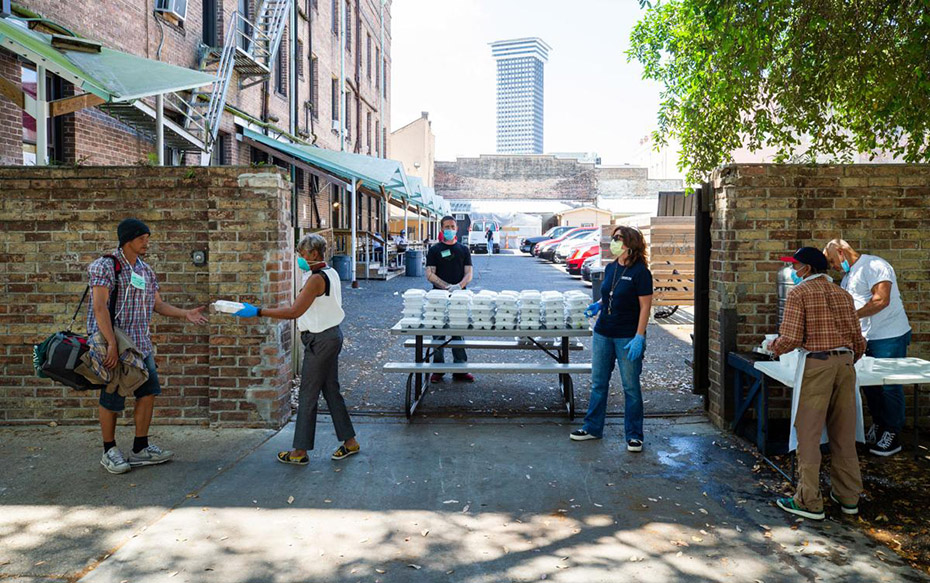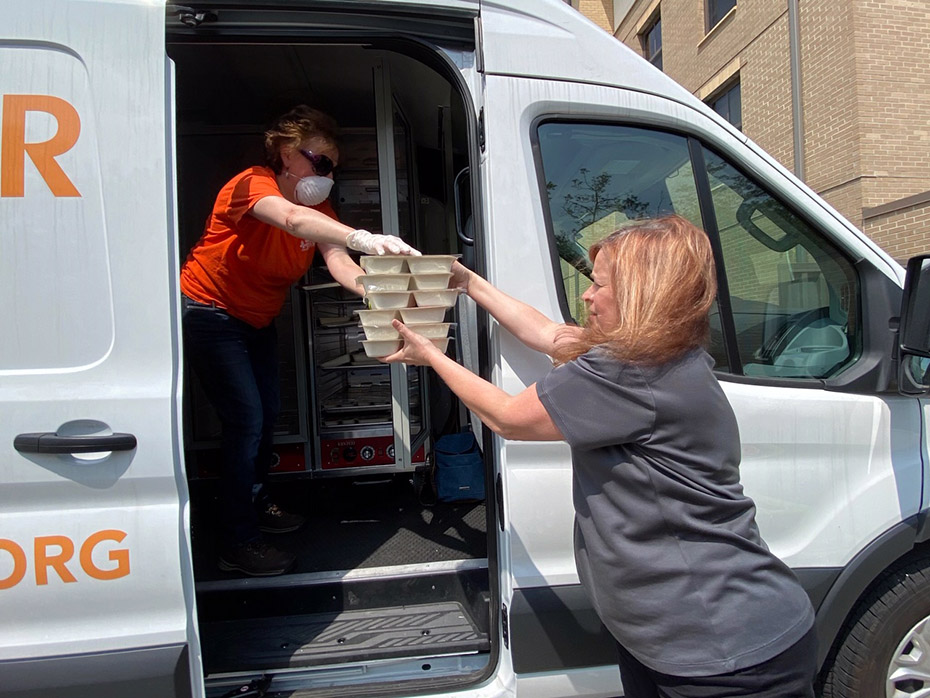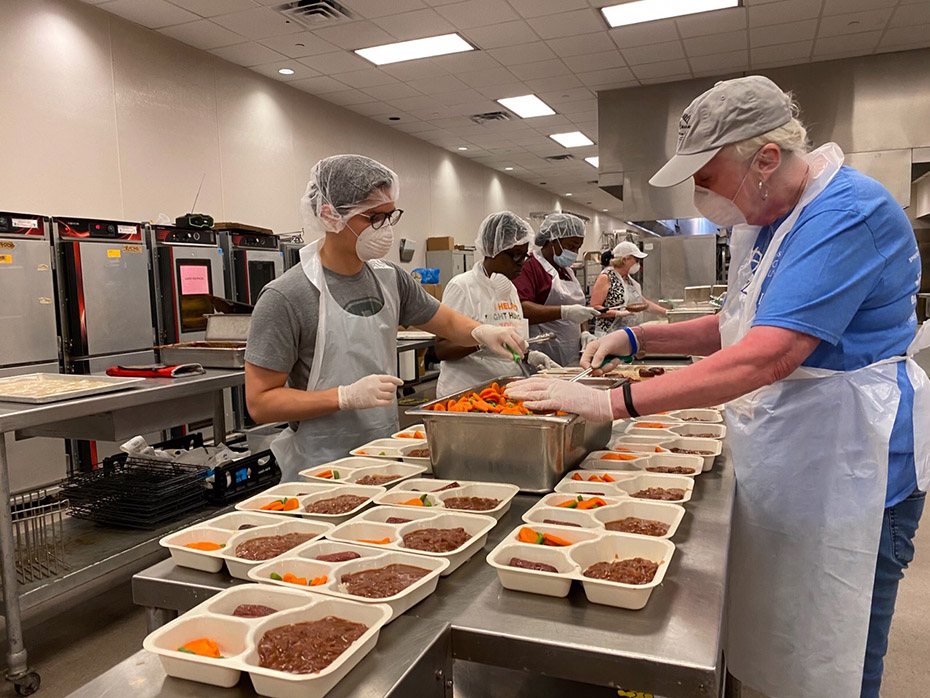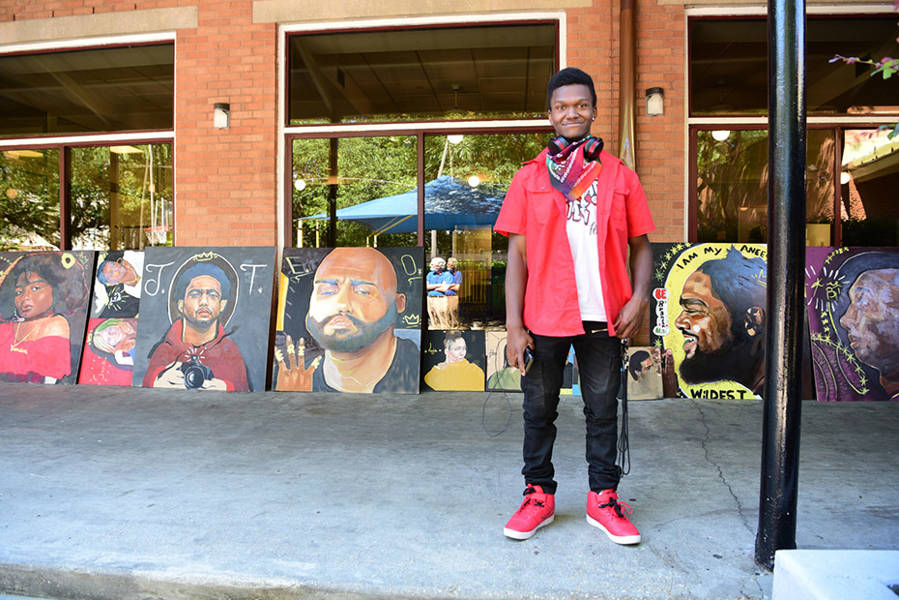
What Will Equitable Recovery Look Like? A Perspective from the Greater New Orleans Foundation
As part of its $100 million global COVID-19 relief initiative, the Stavros Niarchos Foundation (SNF) has made substantial grants to several community foundations around the United States, including the Greater New Orleans Foundation, a national leader in initiating and maintaining disaster relief funds.
We had a chance to ask Greater New Orleans Foundation president and CEO Andy Kopplin what equitable recovery will look like in the medium and long term.
“There are two really important criteria in disaster response, and one is about equity. What we realized from Hurricane Katrina on is that those who were most vulnerable before a disaster are even more vulnerable during and after that disaster. Disasters exacerbate existing challenges and existing inequities.
After Katrina, if you had a world-class skill and a bank account that had money in it, you struggled to come back, but you found a way. If you didn’t have world-class skills, if you didn’t have disposable liquid assets available to you, you couldn’t come back. We focus our recovery work on the most vulnerable populations because, quite frankly, they have no other means of being able to be successful through a recovery without philanthropy.
The second thing we try to do is save money from the immediate response for the interim and longer-term period—and in a disaster, that’s still pretty short. Our philosophy is that we want to spend 60% of the money on immediate relief and reserve 40% for longer-term issues. We had to jump in and support the nonprofits that were working on housing, homelessness, feeding, racial disparities, testing, contact-tracing, and those sorts of things in the initial days. But as we look toward the future—not the first three months but the next six months—we’re really trying to focus on what kinds of systems we can change, long-term, that will make a difference.
In the area of healthcare, we’ve invested significantly in our federally qualified health clinics. These are the clinics that are located in the neighborhoods that provide subsidized, discounted care to low-income populations. They are the healthcare system in our region for the most vulnerable citizens, and we’re trying to connect those individuals and neighborhoods to those frontline clinics so that they can get the testing and support they need. Secondly, we’re trying to make sure, as the city undertakes a testing and contact-tracing program, that it’s successful. It’s got to be neighborhood-based and in the neighborhoods where the most vulnerable citizens are. The pockets of COVID incidence we have in New Orleans are the ones that you might predict, and since we can predict where they’re likely to be, we can do aggressive outreach in those neighborhoods to protect people.
That’s a little bit of our philosophy on short-term and long-term spending of a disaster fund and also the vital importance of looking at equity. It’s an issue of income, but it’s principally an issue of racial disparities. Every measure of family wellbeing in our country, but particularly in our region of New Orleans, is defined by a racial inequity and a racial disparity. Closing those gaps so you can’t predict the outcome of an individual based on their demographics is a real long-term goal of ours in the region, so we’re working hard on that.”
